The post is the backbone of any fence run. If the post fails, the entire fence line fails.
It?s because of this that we spend so much time sourcing our timber posts, taking the time so we can give you the peace of mind that what you put up is going to stand up to the harshness of the British climate.
1. Redwood Timber: We specify all our timber posts must be a redwood species, which is a more naturally durable softwood in an untreated state. This means that, once pressure treated, our posts won?t twist and warp like whitewood posts and will also last up to 3 times longer.
2. Dual Pressure Treated: Once we have the right species, we then focus on the treatment process and make sure that our posts our pressure treated, not just once, but twice. This guarantees maximum penetration, helping prevent water ingress and wood rot.
3. Milling: The quality of a post is directly determined by the quality of the mill. It?s because of this that we take time to visit our suppliers, ensuring that the posts you get are going to be cut to a high standard from good quality lumber, which makes putting the fence up a whole lot easier!
To work out how many posts you will need, take the overall length of your fence run (in metres), then divide it by the width of your bay.
Closeboard is normally installed in 3m bays, so if your fence run was 30m, you would divide this by 3.
You then need to add 1 to this figure for an ‘Extra-over? post at the end of your fence line.
So, in the above example, 30 divided by 3 equals 10, plus 1 = 11 posts required.
If your fence run doesn?t work out to a multiple of 3 (or the bay width you choose), be sure to round up rather than down so you don?t run out of materials.

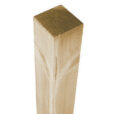
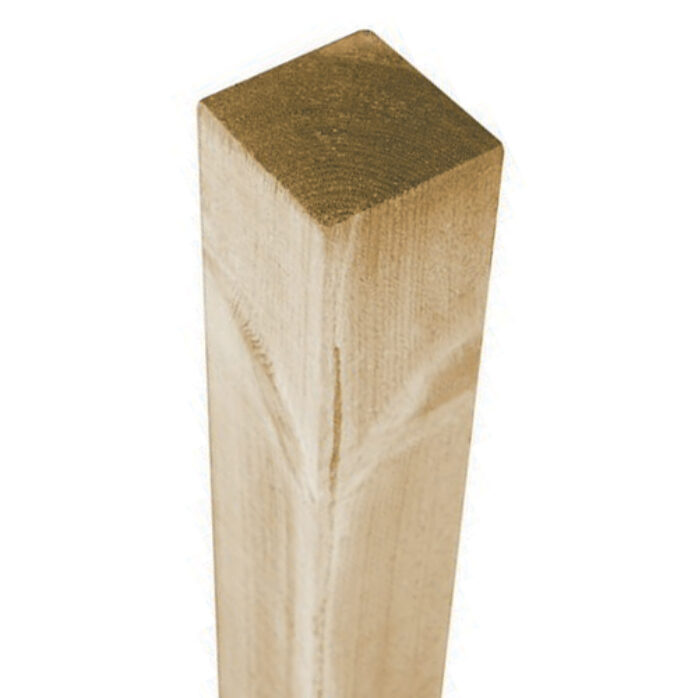
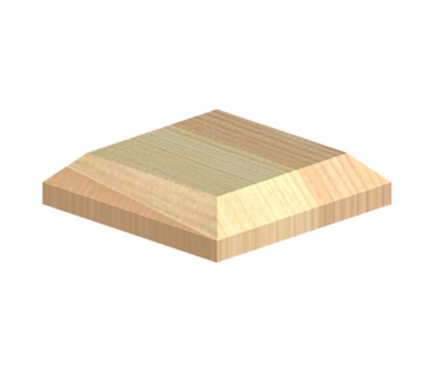
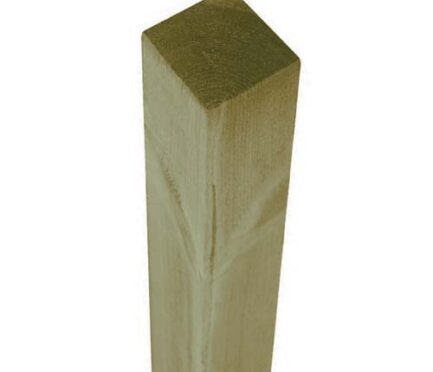
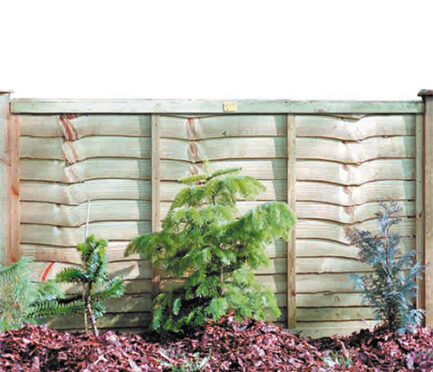
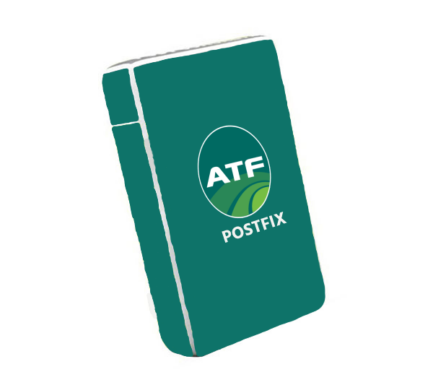
Reviews
There are no reviews yet.